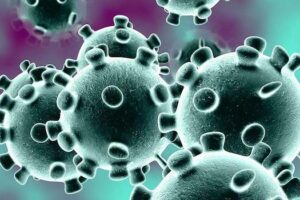Not all nocturnal muscle cramps are caused by magnesium deficiency: there are also other regulatory factors that affect calcium influx into the muscle cell and can thus cause nocturnal cramps. Nocturnal muscle cramps can be particularly annoying and disruptive, especially if they occur regularly. It is often assumed that a magnesium deficiency is the culprit, but this is not always the case. Although magnesium plays a crucial role in muscle relaxation, there are also other factors that can affect calcium influx into the muscle cells and thus cause cramps.
The role of calcium in muscle contraction
Calcium is an essential mineral for muscle contraction. When a nerve signal reaches the muscle, calcium ions are released into the muscle cell, which leads to a contraction of the muscle fibers. Once the calcium is transported back out of the cell, the muscle relaxes. This delicate balance between calcium influx and outflux is crucial for normal muscle function.
When there is an excessive calcium influx into the muscle cell without adequate relaxation, it can lead to involuntary muscle contractions, or muscle cramps. This mechanism is regulated by several factors, of which magnesium is just one.
Magnesium Deficiency and Muscle Cramps
Magnesium plays a key role in regulating calcium in muscle cells. A magnesium deficiency can lead to excessive calcium influx because magnesium normally acts as a brake on the calcium system. Without sufficient magnesium, the calcium channels in the muscle cells remain open, which can lead to constant contraction and eventually cramps.
Although magnesium deficiency is often the first suspect in nocturnal cramps, it is important to realize that it is not the only factor. In many people, cramps can persist even after their magnesium intake is increased. This suggests that other processes also play a role in the development of these cramps.
Substance P
Substance P is a neuropeptide involved in pain transmission and regulating inflammation, but it can also increase the excitability of motor neurons. Increased levels of Substance P, or increased NK1 receptor activity, can lead to increased calcium influx into muscle cells, causing muscles to contract involuntarily and cause cramps. This is particularly relevant for people who are under chronic stress or suffer from inflammatory processes.
System diagnostics
The system diagnostics approach as developed by Biocoherence focuses on mapping an individual’s personal pattern of dys-regulation (PPD). This can show that in someone with, for example, Colitis and nocturnal muscle cramps, the role of Substance P dys-regulation is an important characteristic within this PPD. By including a component in the intervention that can also reset this imbalance, both the Colitis complaints and the nocturnal muscle cramps disappear.






